Breaking Times Arrow
MUSICAL MEANING AND INTERPRETATION
Robert S. Hatten, editor
A Theory of Musical Narrative
Byron Almn
Approaches to Meaning in Music
Byron Almn and Edward Pearsall
Voicing Gender: Castrati, Travesti, and the Second Woman in Early Nineteenth-Century Italian Opera
Naomi Andr
The Italian Traditions and Puccini: Compositional Theory and Practice in Nineteenth-Century Opera
Nicholas Baragwanath
Debussy Redux: The Impact of His Music on Popular Culture
Matthew Brown
Music and the Politics of Negation
James R. Currie
Il Trittico, Turandot, and Puccinis Late Style
Andrew Davis
Neil Young and the Poetics of Energy
William Echard
Interpreting Musical Gestures, Topics, and Tropes: Mozart, Beethoven, Schubert
Robert S. Hatten
Musical Meaning in Beethoven: Markedness, Correlation, and Interpretation
Robert S. Hatten
Intertextuality in Western Art Music
Michael L. Klein
Music and Narrative since 1900
Michael L. Klein and Nicholas Reyland
Musical Forces: Motion, Metaphor, and Meaning in Music
Steve Larson
Is Language a Music? Writings on Musical Form and Signification
David Lidov
Pleasure and Meaning in the Classical Symphony
Melanie Lowe
Decorum of the Minuet, Delirium of the Waltz: A Study of Dance-Music Relations in 3/4 Time
Eric McKee
The Musical Topic: Hunt, Military, Pastoral
Raymond Monelle
Musical Representations, Subjects, and Objects: The Construction of Musical Thought in Zarlino, Descartes, Rameau, and Weber
Jairo Moreno
Deepening Musical Performance through Movement: The Theory and Practice of Embodied Interpretation
Alexandra Pierce
Expressive Forms in Brahmss Instrumental Music: Structure and Meaning in His Werther Quartet
Peter H. Smith
Expressive Intersections in Brahms: Essays in Analysis and Meaning
Heather Platt and Peter H. Smith
Music as Philosophy: Adorno and Beethovens Late Style
Michael Spitzer
Death in Winterreise: Musico-Poetic Associations in Schuberts Song Cycle
Lauri Suurp
Music and Wonder at the Medici Court: The 1589 Interludes for La pellegrina
Nina Treadwell
Reflections on Musical Meaning and Its Representations
Leo Treitler
Debussys Late Style: The Compositions of the Great War
Marianne Wheeldon
MATTHEW McDONALD
Breaking Times Arrow
Experiment and Expression in the
Music of Charles Ives
INDIANA UNIVERSITY PRESS
Bloomington & Indianapolis
This book is a publication of
Indiana University Press
Office of Scholarly Publishing
Herman B Wells Library 350
1320 East 10th Street
Bloomington, Indiana 47405 USA
iupress.indiana.edu
Telephone 800-842-6796
Fax 812-855-7931
2014 by Matthew McDonald
All rights reserved
No part of this book may be reproduced or utilized in any form or by any means, electronic or mechanical, including photocopying and recording, or by any information storage and retrieval system, without permission in writing from the publisher. The Association of American University Presses Resolution on Permissions constitutes the only exception to this prohibition.
 The paper used in this publication meets the minimum requirements of the American National Standard for Information SciencesPermanence of Paper for Printed Library Materials, ANSI Z39.481992.
The paper used in this publication meets the minimum requirements of the American National Standard for Information SciencesPermanence of Paper for Printed Library Materials, ANSI Z39.481992.
Manufactured in the United States of America
Library of Congress Cataloging-in-Publication Data
McDonald, Matthew (Matthew James), author.
Breaking times arrow : experiment and expression in the music of Charles Ives / Matthew McDonald.
pages cm (Musical meaning and interpretation)
Includes bibliographical references and index.
ISBN 978-0-253-01273-9 (cloth : alkaline paper) ISBN 978-0-253-01276-0 (ebook) 1. Ives, Charles, 1874-1954Criticism and interpretation. I. Title. II. Series: Musical meaning and interpretation.
ML410.I94M45 2014
780.92dc23
2014012350
1 2 3 4 5 19 18 17 16 15 14
Contents
Preface
In 2001, I began researching the music of Charles Ives. I spent countless hours at the piano that summer, familiarizing myself with every score I could get my hands on. I particularly remember accompanying myself through the entire set of 114 Songsquite a feat, as Im a pianist but no singer. Originally, I had outlined a thorough consideration of time and temporality in Ivess music, but, ultimately, a small portion of this outline ballooned into the entire project. After completing my thesis and converting one chapter into an article, I had no plans or desire to develop the material further, but after a few years, rejuvenated, I returned to the research as the partial foundation for a new book project. By this time, however, I had grown dissatisfied with much of my previous work and discarded it in favor of completely new material. I envisioned that this would be a definitive statement of my ideas about Ivess music, a culmination of my work over the previous several years. It eventually became clear, however, that I would never be fully satisfied with the book and could tinker with it forever; the printed version, inevitably, would always feel unfinished. Its fixed form belies the reality of my research, which would be better represented by the endless pages of notes and drafts on my desk and hard drive, many discarded or forgotten, their potential contribution to the whole left unclear or undetermined.
Around 1910, Charles Ives began work on what he referred to as an overture or concerto inspired by Ralph Waldo Emerson. Originally, this was to be one in a set of several overtures devoted to great Men of Literature, but ultimately Ives made significant progress on only two. While composing the Emerson Overture, Ives developed some of its cadenzas as studies for solo piano, one of which he completed. After suspending work on the overture, Ives had no evident plans to develop the material further, but he later returned to it as the foundation for a new piece, the first movement of the Concord Sonata. For the Concord movement, however, Ives discarded much of the music of the overture and added a significant amount of new material. The first movement of the Concord, many believe, is the definitive musical expression of Ivess ideas about Emerson, and in 1920 Ives presented it to the musical community as the culmination of his work as a composer. Ives stated on many occasions, however, that he would likely never be fully satisfied with the music and could tinker with it forever; the Emerson music, inevitably, would remain unfinished. The fixed form of the Concord movement belies the reality of Ivess musical conception, which is better represented by the multiple versions and endless pages of sketches and emendations, many discarded or forgotten, their status unclear or undetermined.
At this point it may seem that I have been writing about Ives for so long that I can no longer separate my own creative process from his. But the parallels I have drawn are both genuine and unsurprising. Writing about music is in large part a creative act, and one that has much in common with writing music. Perhaps there are music scholars who produce essays like Mozart produced scores, but most of us, I suspect, follow the Beethovenian model. Academic writing, especially in the era of word processing, is largely a process of cutting and pasting, deletions and insertions. Like most pieces of music, the finished academic product presents itself confidently, with few traces of its convoluted genesis. But here is where the analogy with Ivess music ends. Ivess music is remarkable for the extent to which it bears the traces of its Frankensteinian construction. Pieces are often characterized by extreme fragmentation, stark juxtapositions of highly contrasting segments of music that are very often borrowed from other sources or from Ivess own body of work.


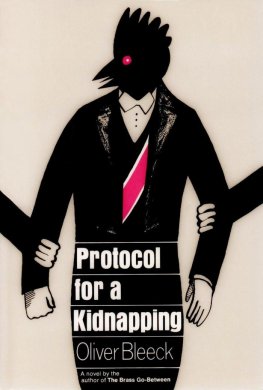


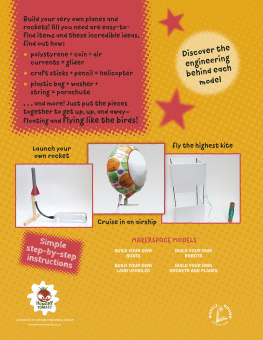
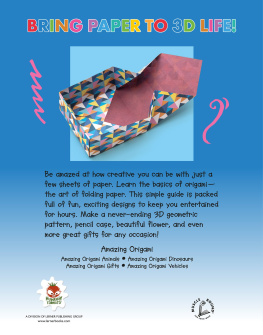



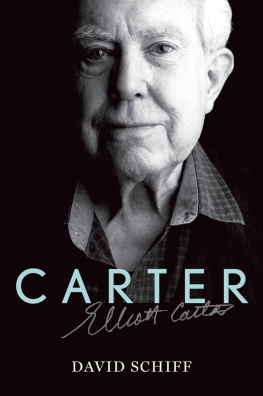

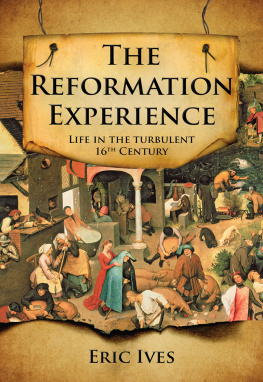

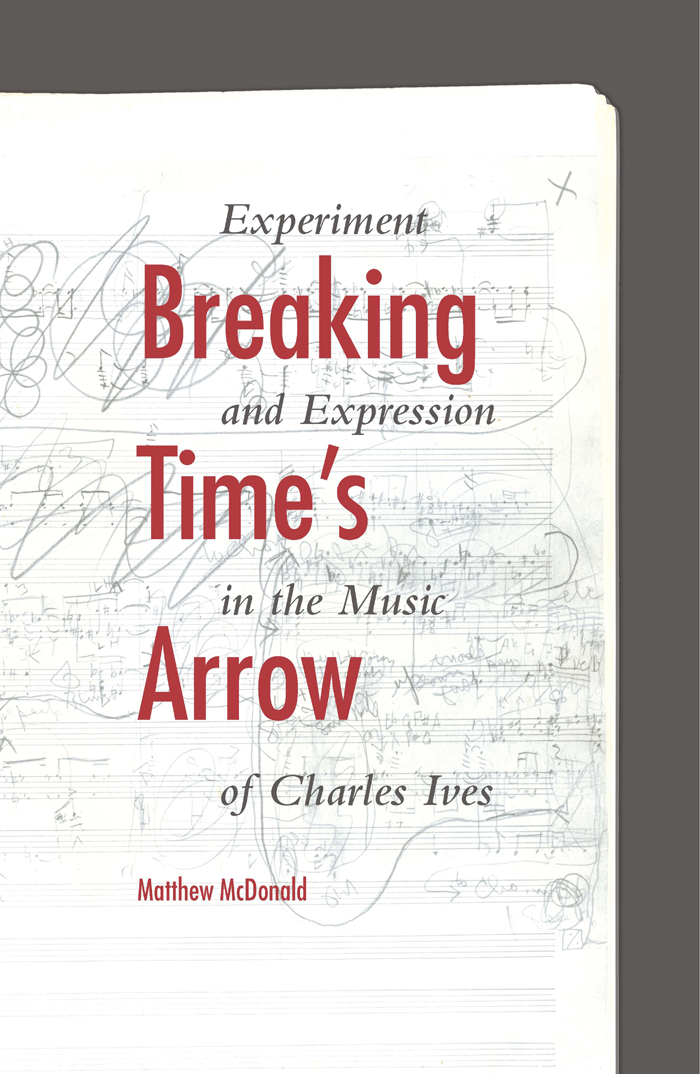
 The paper used in this publication meets the minimum requirements of the American National Standard for Information SciencesPermanence of Paper for Printed Library Materials, ANSI Z39.481992.
The paper used in this publication meets the minimum requirements of the American National Standard for Information SciencesPermanence of Paper for Printed Library Materials, ANSI Z39.481992.